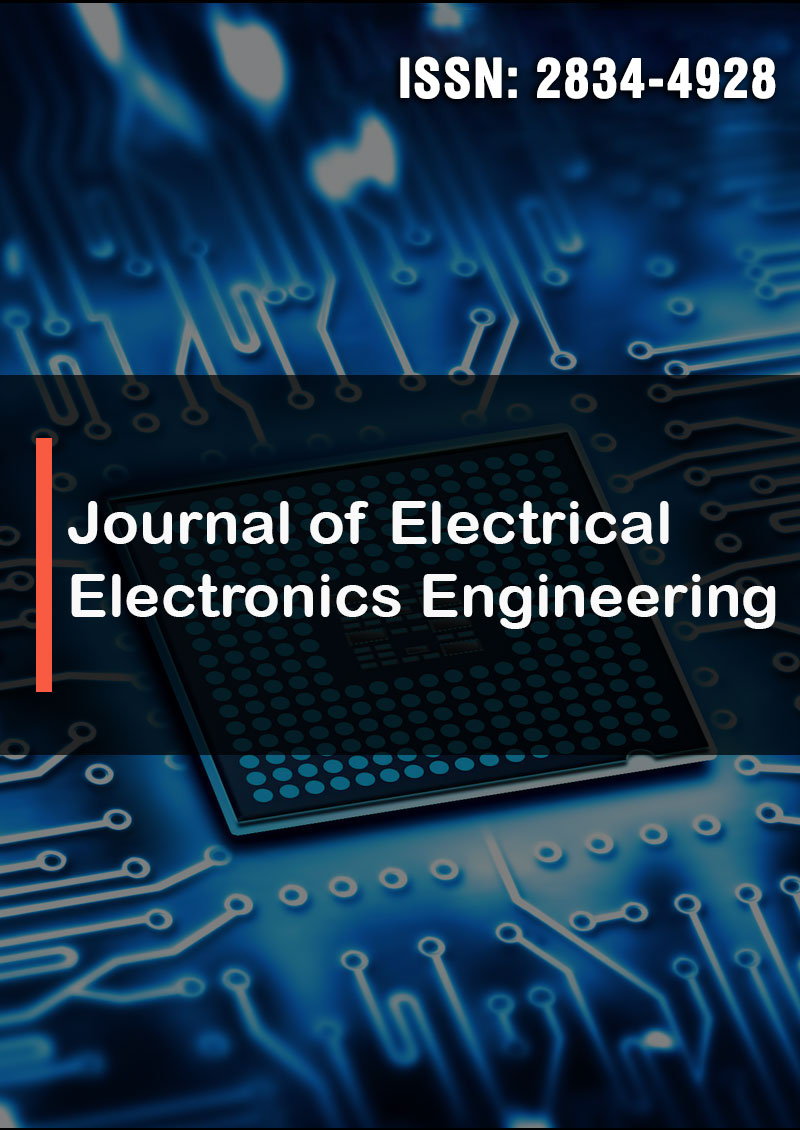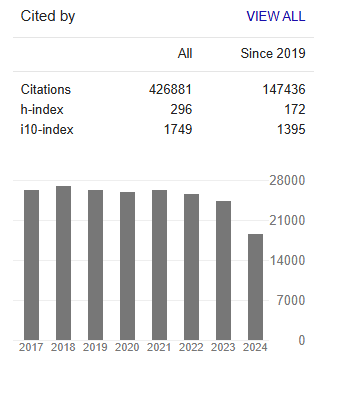Special Relativity and Absoluteness
Abstract
Hyoungseok Koh
Akin to the wave–particle duality in the microscopic world, relativity between observers coexists with the absoluteness of the coordinate system in an inertial system. This duality can be checked by rulers and clocks used in stationary and constant- velocity systems. The light and atomic clocks used in these systems establish relativity between observers, whereas rigid rulers (which can be used only in stationary systems) establish the absoluteness of the coordinate system. This relativity– absoluteness coexistence is known as relative absoluteness. In the relative absolute theory, the Lorentz transformation and its inverse are based on three axioms: the unchanging structure of rigid rods, the law of the periods of atomic clocks, and the constancy of light speed. The relativity of physical laws cannot be an independent axiom because it is established due to the law of invariance of the speed of light. Examples of interobserver relativity include the direction and inverse cosine of light, velocity addition, and the results of the Michelson–Morley experiment. Examples of absoluteness in coordinate systems include the twin paradox, normal direction of a reflecting mirror, and results of electrostatic force experiments. As light moves by proximity, its direction and time change gradually according to changes in the gravitational field, but it is received as if it came from an origin that is momentarily stationary with respect to the observer in an inertial frame. The stationary and constant-velocity systems observe the same acceleration and inertial force acting on the charge, but different electromagnetic and mechanical accelerations and different acceleration and inertial masses. Because the speed of a charge accelerated by an electromagnetic force in a stationary system experiences an increasing inertial force, it cannot exceed the speed of light.




